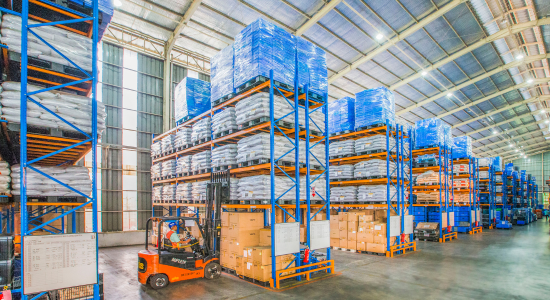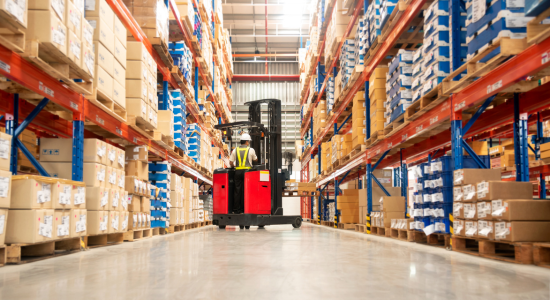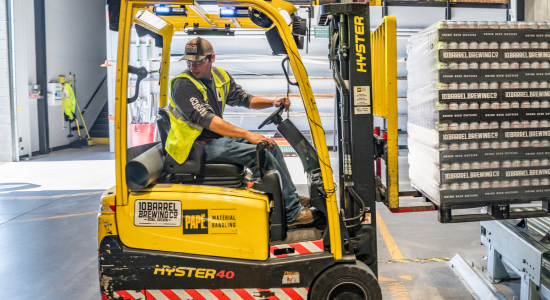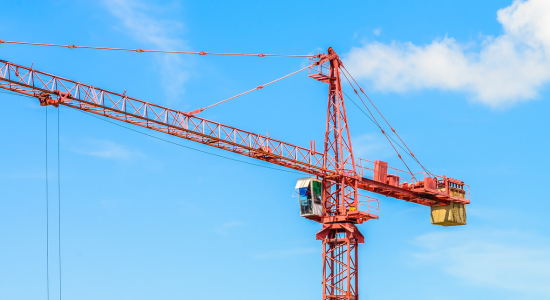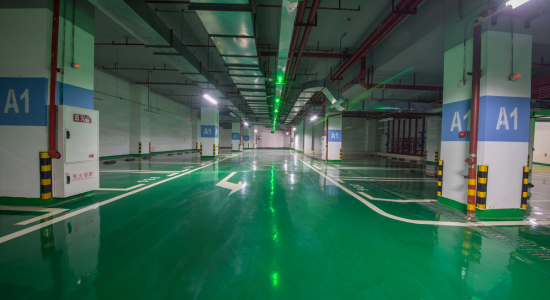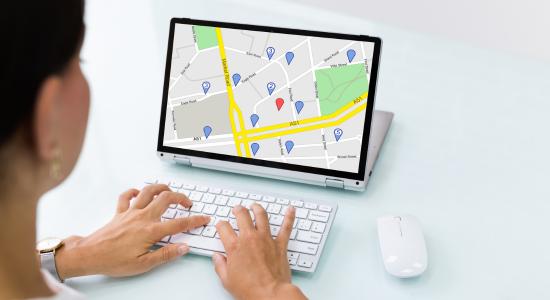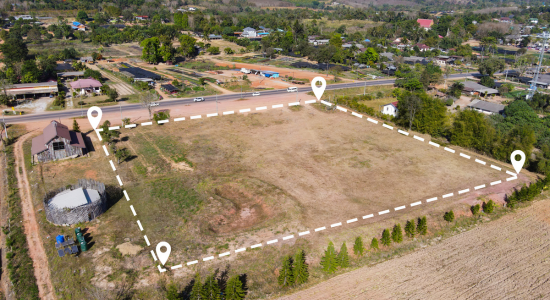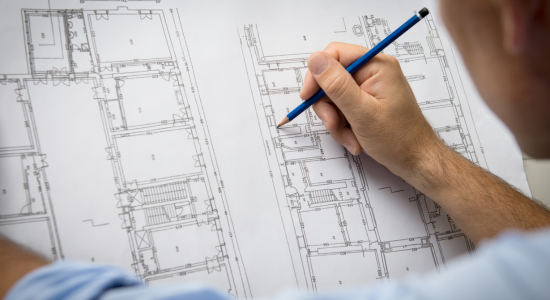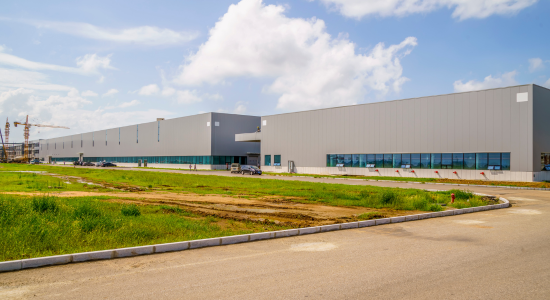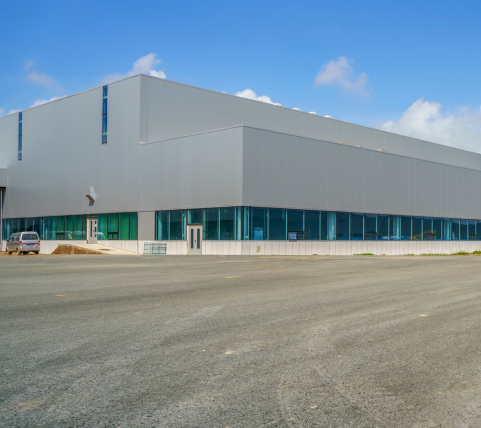
Super-Fast Response: Service options provided within an hour of request
Extensive Inventory Access: Most market listings already available with us, ensuring maximum choices
Same-Day Action:
Immediate site inspections and negotiations
Speed-assured deal closures and documentation on the same day
Expert Professional Team offering:
Value-added services including video inspections, legal due diligence, and rental agreements at no additional cost
One-Stop-Shop for Industrial Real Estate:
Complete, end-to-end solutions covering:
Strategic advisory
Land sourcing
Regulatory approvals
Project development
Leasing and tenant acquisition
Funding and investment exits
